Zoo Keepers Hunkered Down with the Animals and Bei Bei Got to Play in the Snow (Photos)
A few animals got to play outside yesterday, while keepers watched over conditions and took extra precautions
As blizzard conditions put the entire Washington, D.C. metro area on high alert and the Metro rail system closed for the weekend, most city residents huddled in their homes to wait out the worst storm to hit the city since 1922. Yet even as activity in the nation's capital came to a halt under the threat of high winds, thundersnow, whiteout conditions and power outages, there remained a few residents who required some extra care this weekend.
At the National Zoo yesterday just as the snow started falling, keepers took the Giant Panda cub Bei Bei outside and let him explore in the light dusting for a few minutes while his mother Mei Xiang ate her breakfast nearby. Keepers said the little cub wasn’t quite sure what to make of the powdery snow.
“There is nothing better than watching a Giant Panda play in the snow,” says Brandie Smith, associate director for animal care sciences at the National Zoo. Since Giant Pandas are cold climate creatures, native to the western Chinese mountains, they are more active and enjoy the chill of winter.
While it may be fun to watch the animals play with the snow, the blizzard conditions presented a few obstacles for animal care.
On a normal day staff members arrive at the Zoo as early as 6:30 a.m. to feed the animals. But as the snow piled high and commutes became impossible during the blizzard, nearly 30 zoo keepers remained on the job, sleeping on air mattresses, to make sure the animals had everything they needed. In addition to feeding the animals and cleaning their enclosures, staffers brushed snow off animal house roofs and sanded pathways—avoiding salt for its toxicity—so that animals could move between their indoor and outdoor areas.
Some animals like the gorillas and the orangutans are not allowed outside when the weather is too cold and snowy, while others such as the giant pandas and the elephants are given the option to spend some time outdoors. Heated dens keep the lions and the tigers cozy, and the otters and the flamingos have heated pools. The Zoo's harbor seals and California sea lions are both adapted to frigid waters in their native northern ranges, but heated rocks and beaches in their pools prevent ice from forming and the animals can move to sheltered areas to get out of the wind. In the Cheetah Conservation Station, termite mounds are heated, too, to keep the animals there warm.
For those animals that do enjoy the snow, Zoo staff keep a close eye on the outdoor conditions to make sure those animals are safe. As Smith says, “an elephant in snow is good, an elephant on ice is bad.”
But one of the most pressing concerns for staff is containment, or rather, keeping them at the Zoo. If the extreme winds were to damage an animal’s enclosure or if the snow piled up too high and compacted, an animal might be able to escape over walls or fences. If conditions prove to be a threat to containment, Smith says, animals must be lured indoors with treats and special sounds.
“Working in a Zoo, this is what it’s like. It’s 24 hours a day, seven days a week, Smith says. We are prepared for anything to happen at any time.”
Ed Note: Check back later. We'll be updating this article as we collect more images of Zoo animals in the snow.
/https://tf-cmsv2-smithsonianmag-media.s3.amazonaws.com/accounts/headshot/DSC_0154.JPG.jpeg)
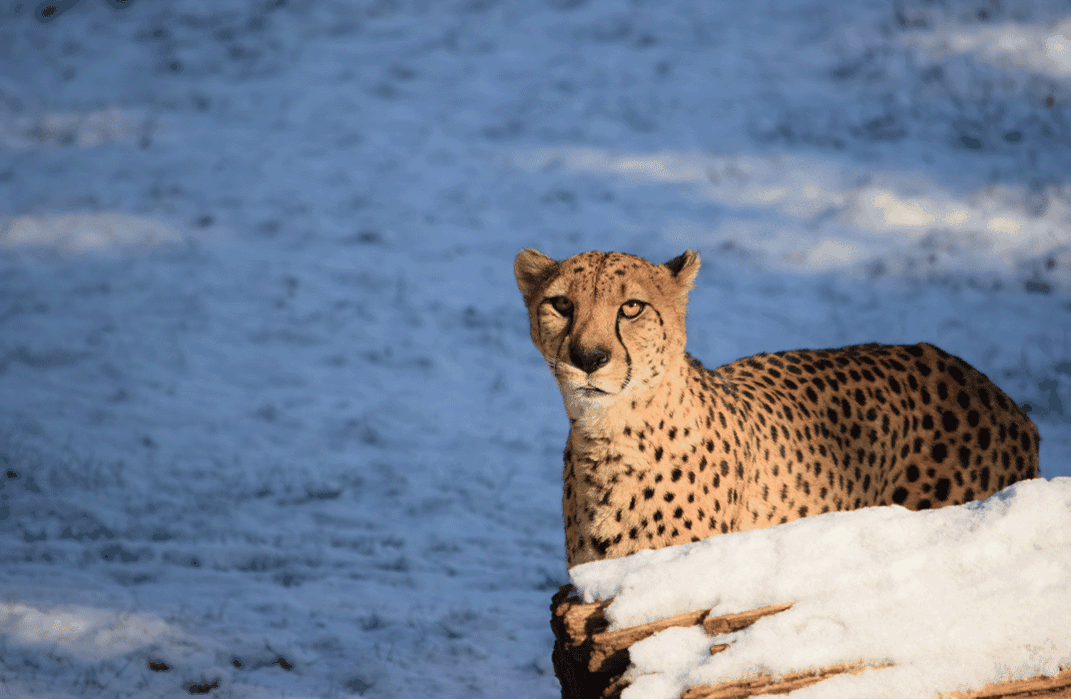
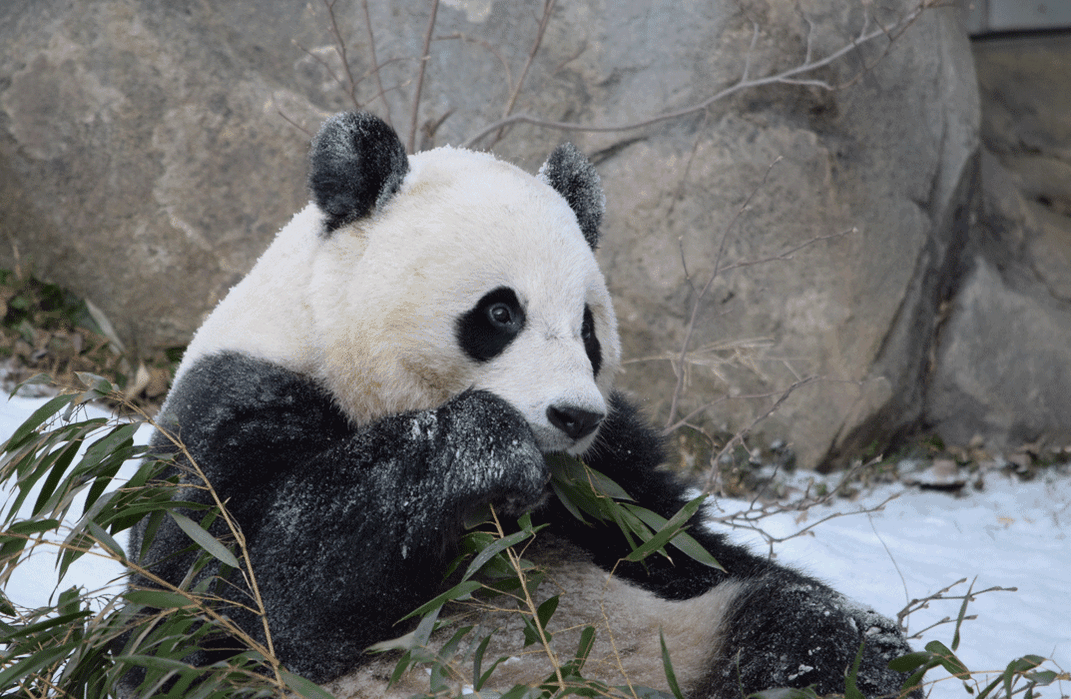
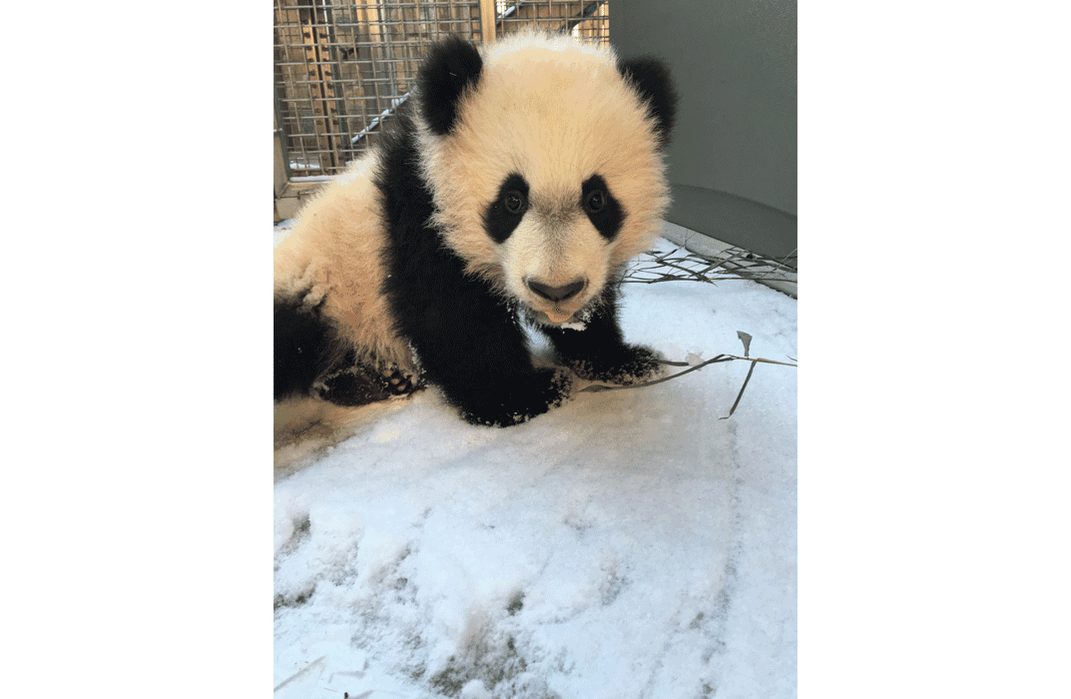
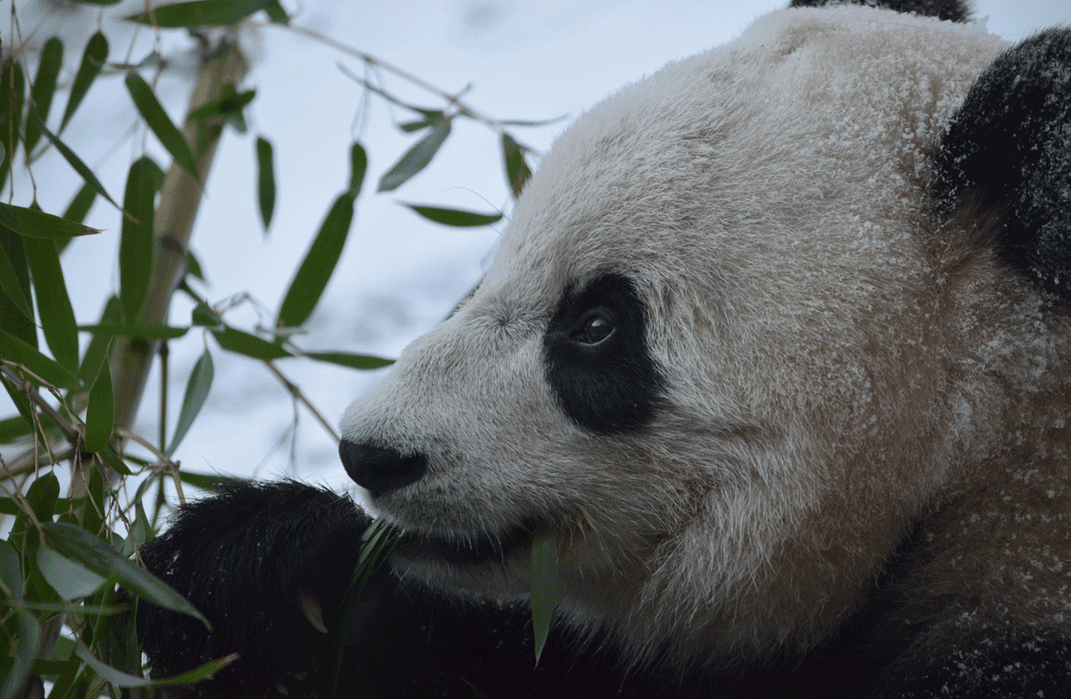
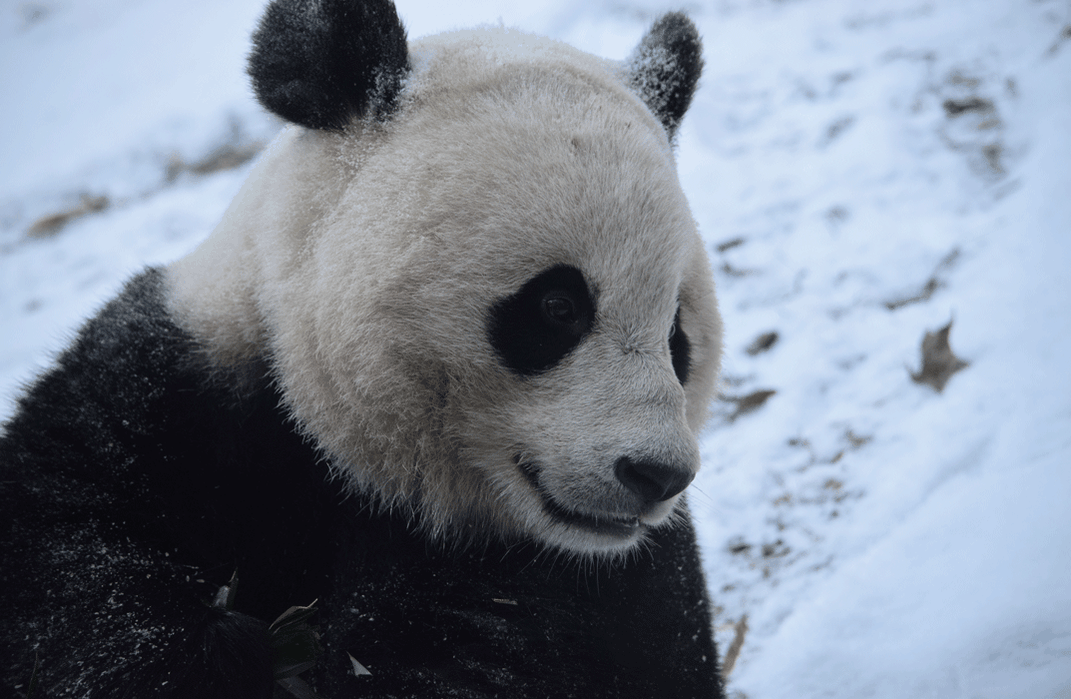
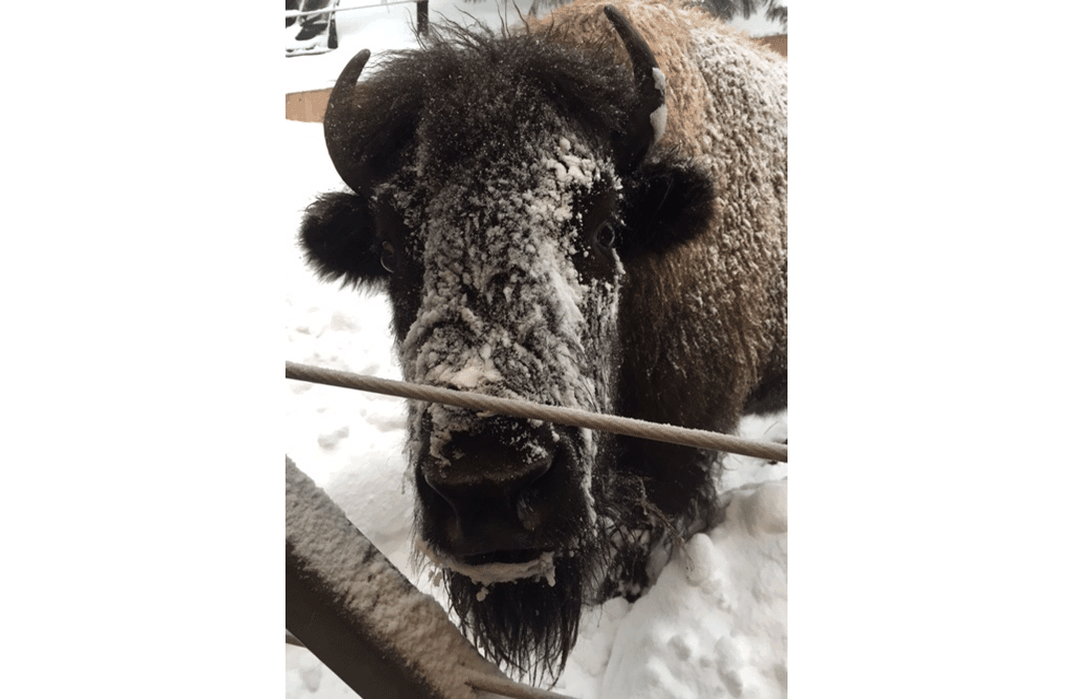
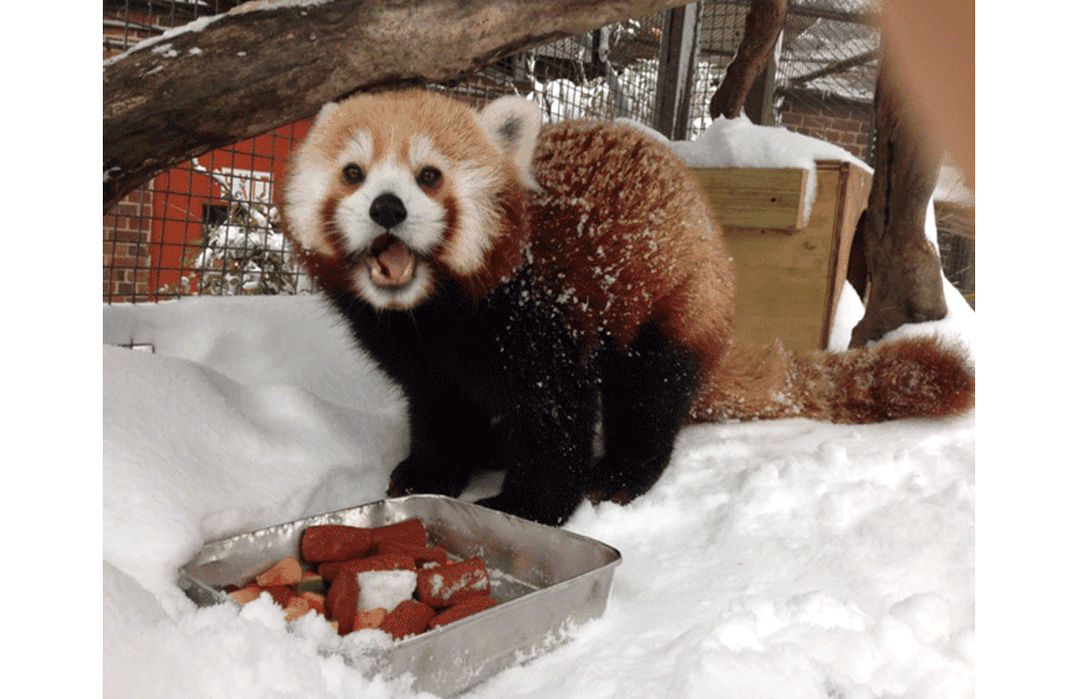

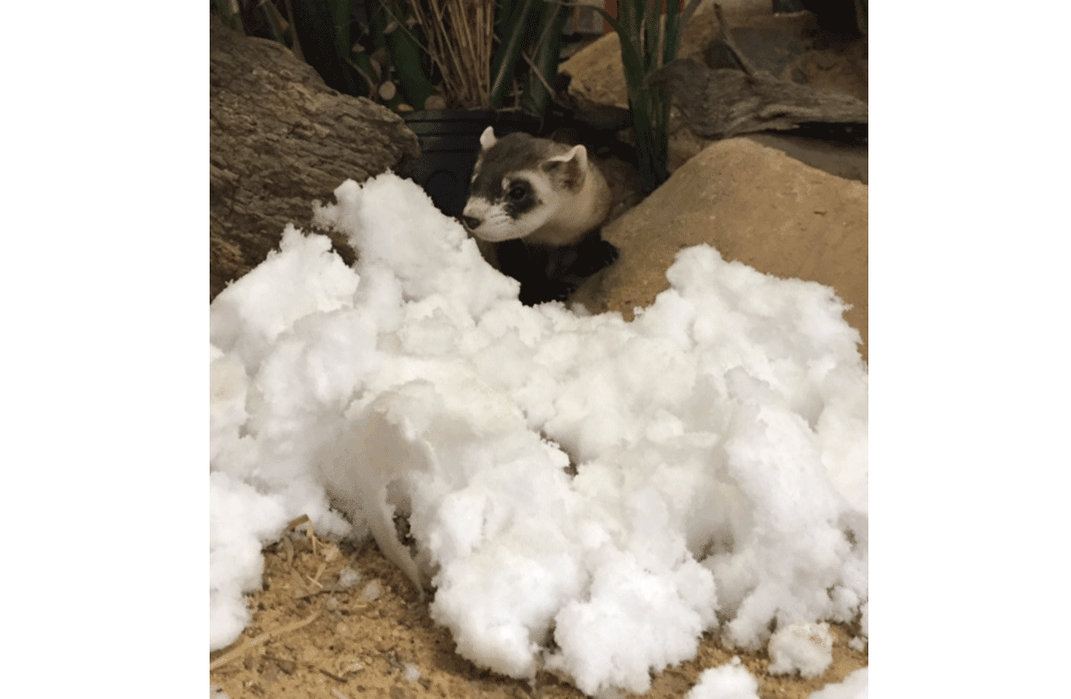
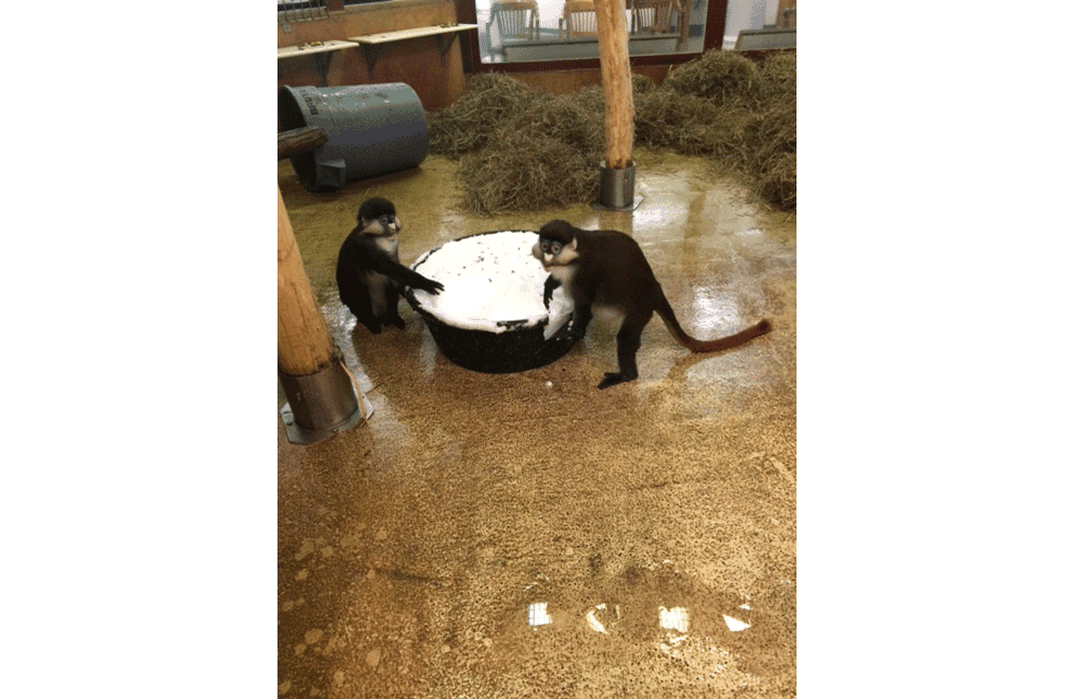
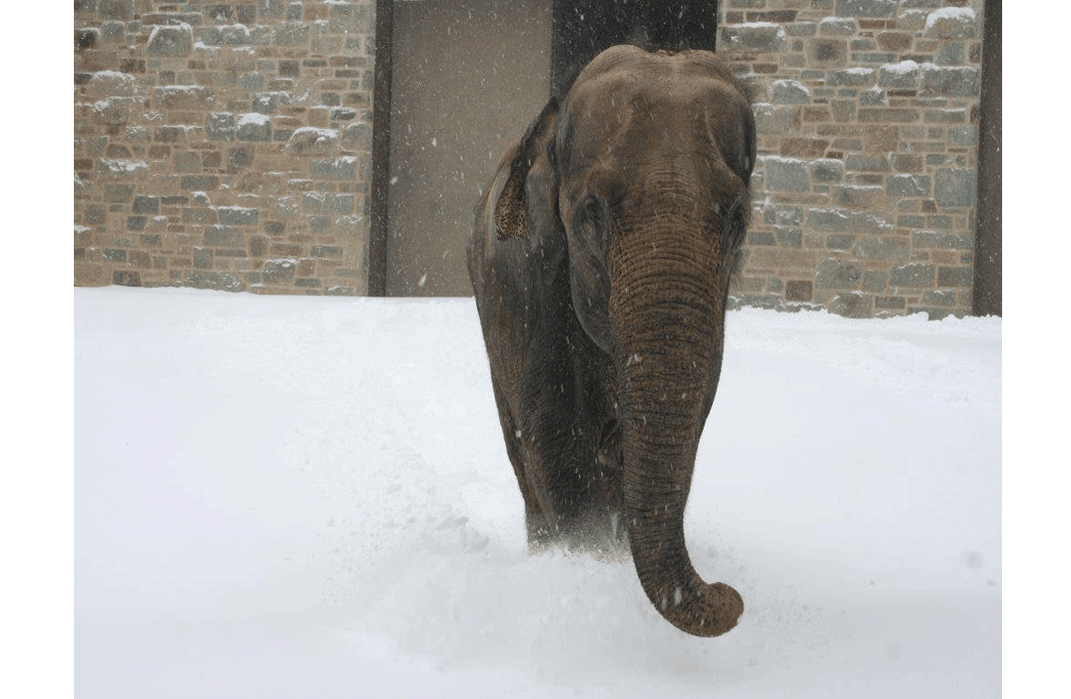
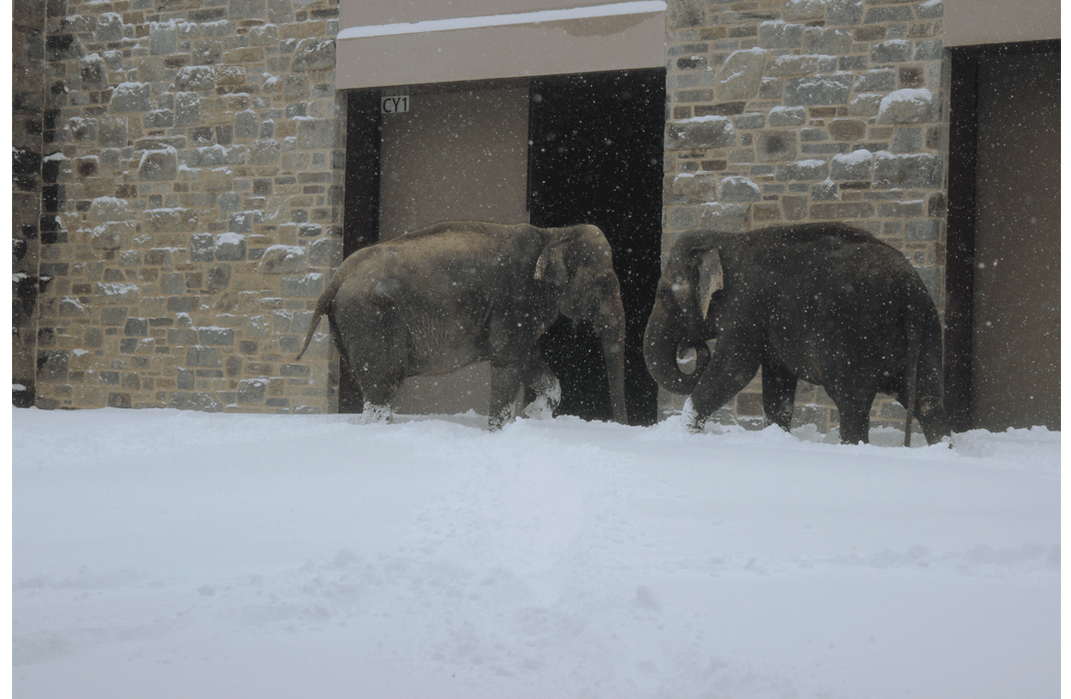
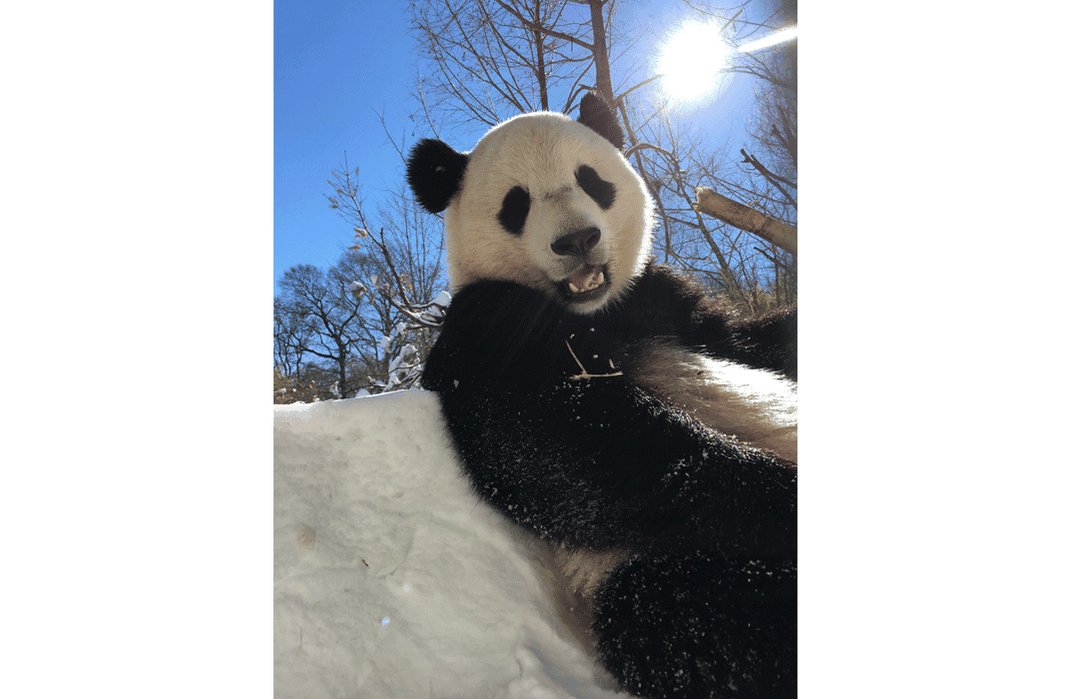
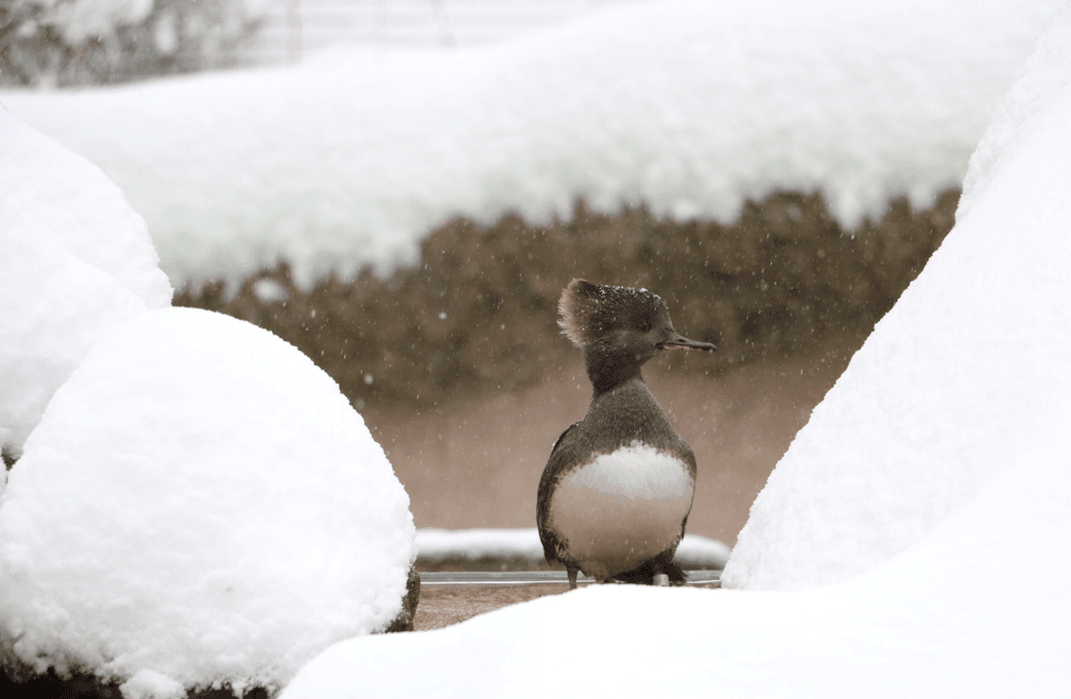
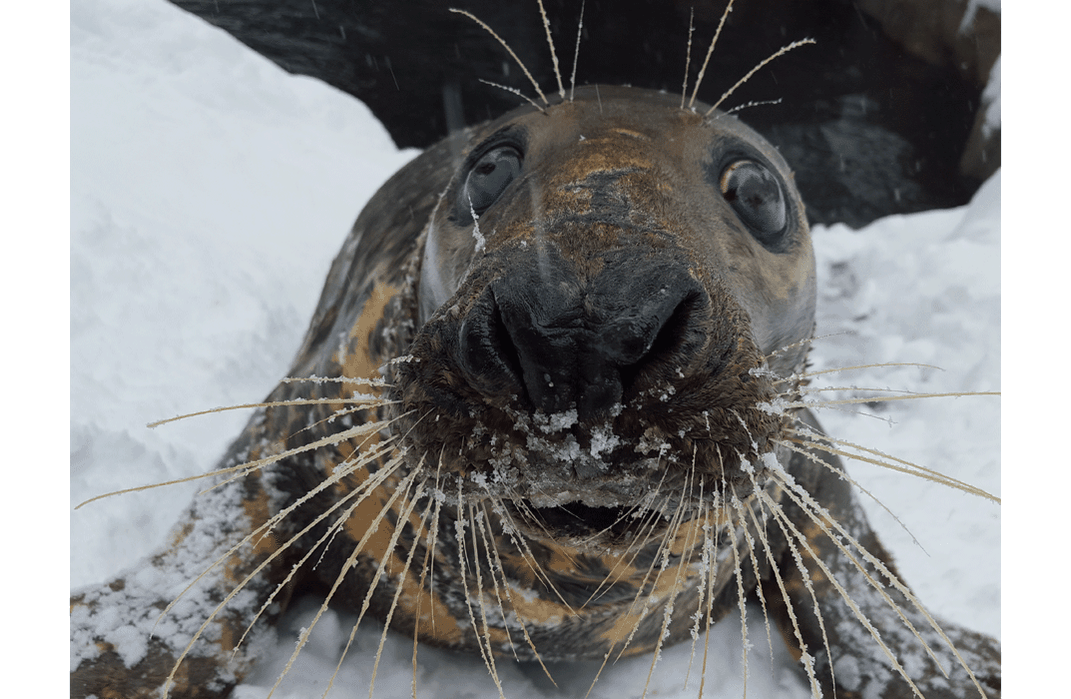
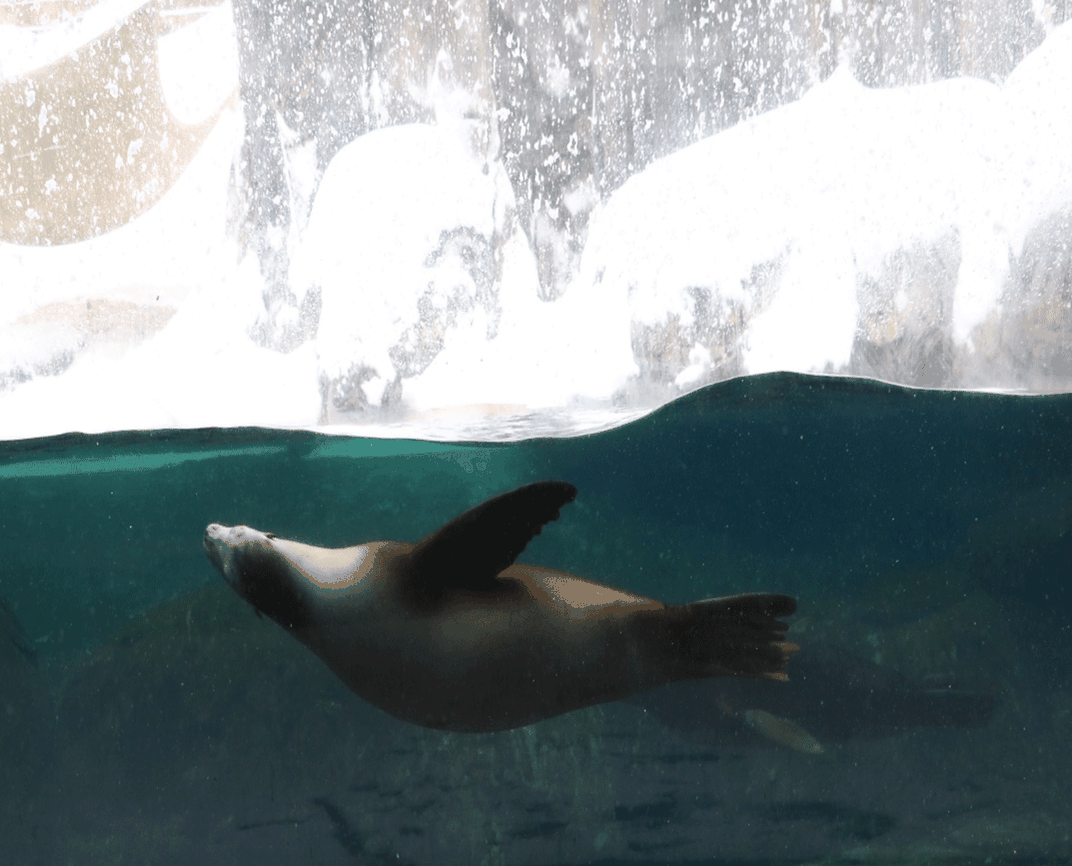


/https://tf-cmsv2-smithsonianmag-media.s3.amazonaws.com/accounts/headshot/DSC_0154.JPG.jpeg)